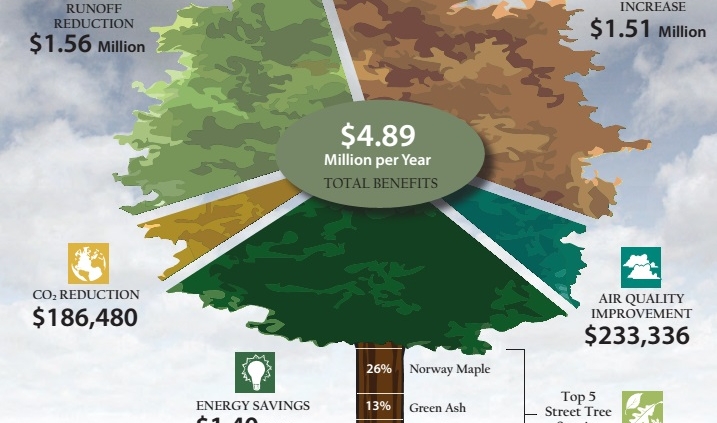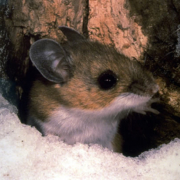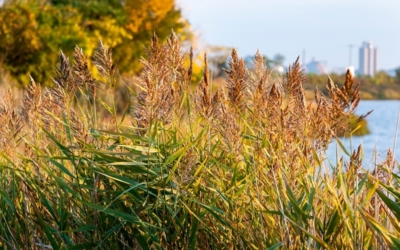The Many Benefits of Urban Trees
Last week I read a fascinating article about urban forestry, which argued that strategically reforesting a 1.5-square-mile area in Houston could help reduce ozone pollution in the city. Using weather data and computer models, researchers estimated that a freshly-grown forest could remove as much as 310 tons of ozone from the atmosphere over the course of 30 years.
This got me thinking about the various merits of urban forests. Did you know that even individual trees provide a multitude of benefits to urban areas? One of the most obvious and visible benefits is the habitat provided to urban wildlife – native trees provide nesting sites for birds, egg-laying sites for insects, shelter from predators and the elements, and food sources such as leaves, nuts, and fruits. Some of the other advantages urban trees provide include:
- They produce oxygen
- They absorb and sequester carbon dioxide, helping to mitigate global climate change
- They absorb excess stormwater runoff and many of the pollutants it contains, helping to improve water quality and reduce flooding
- They provide buildings with shade in the summer and insulation from winter winds, reducing energy use for air conditioning and heating
- They help settle, trap, and hold particulate pollutants such as dust, ash, pollen, and smoke, benefitting air quality
- They hold soil in place and buffer wind, reducing erosion
- They increase property values
- They soften and beautify the urban landscape








